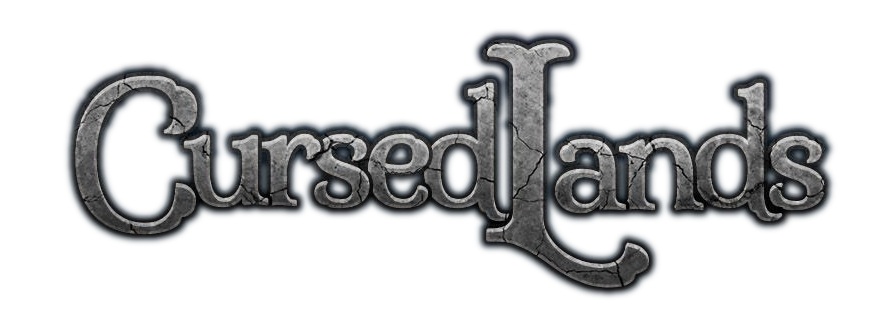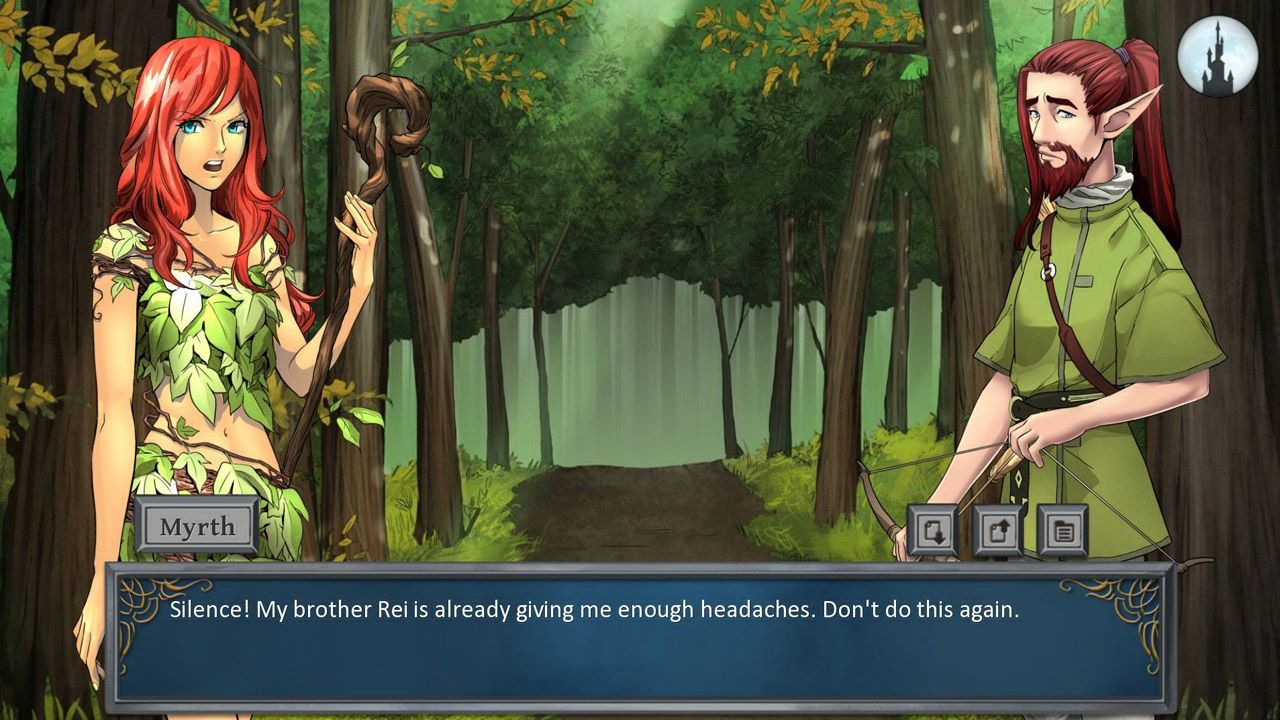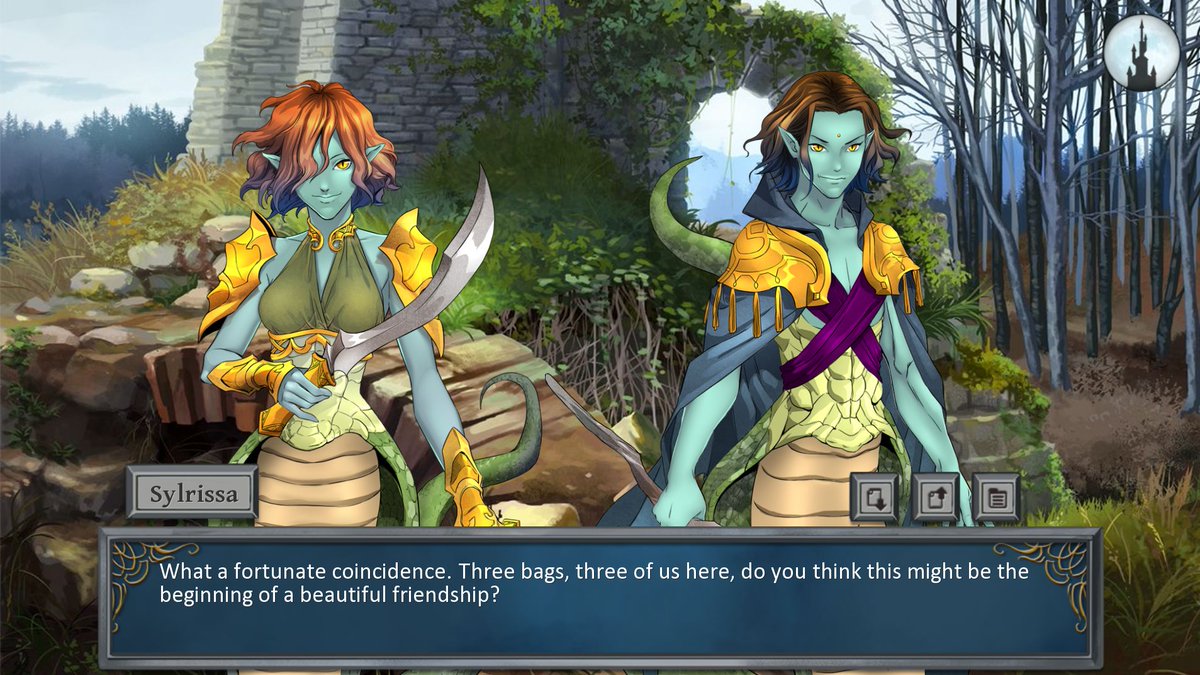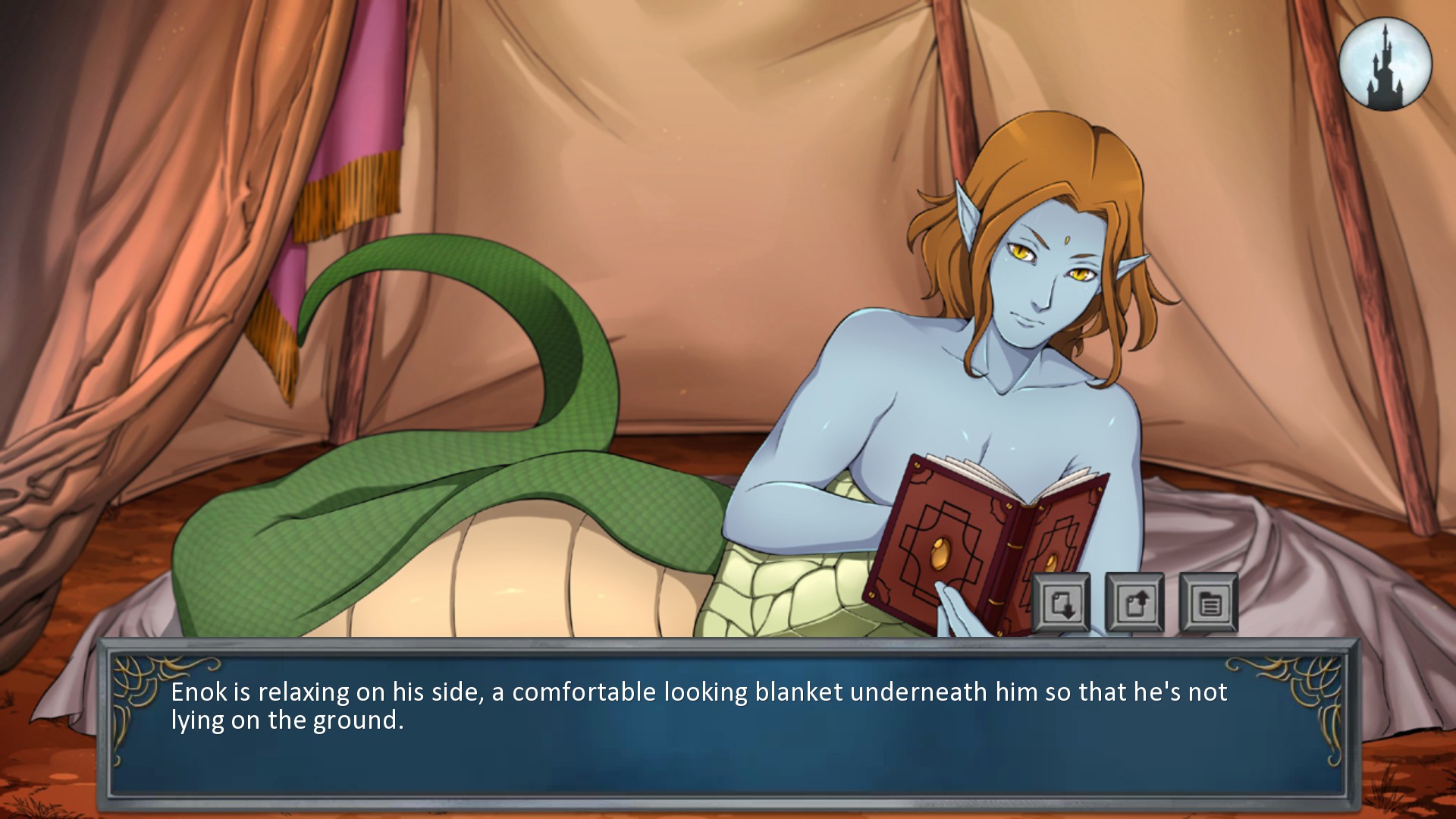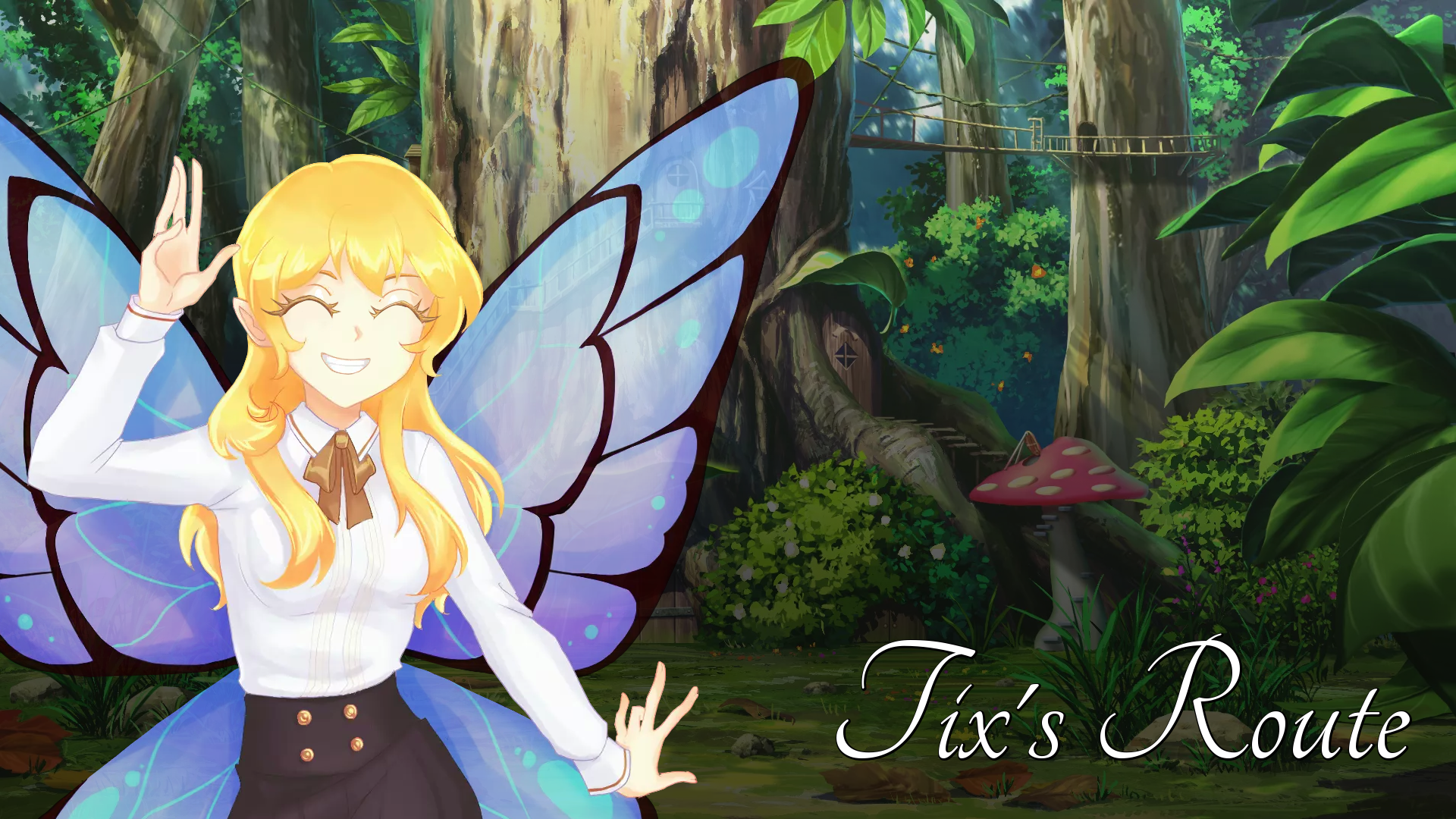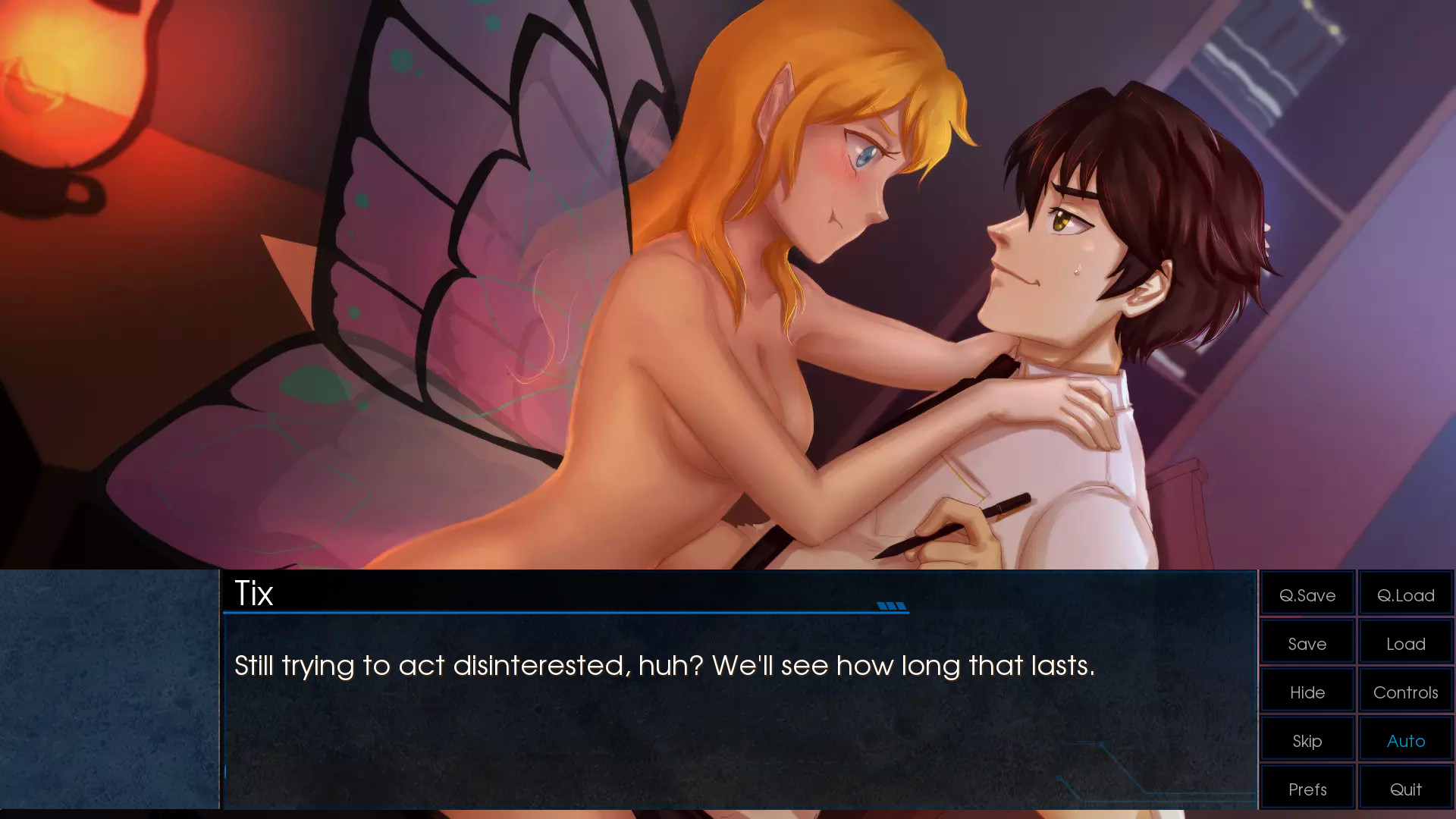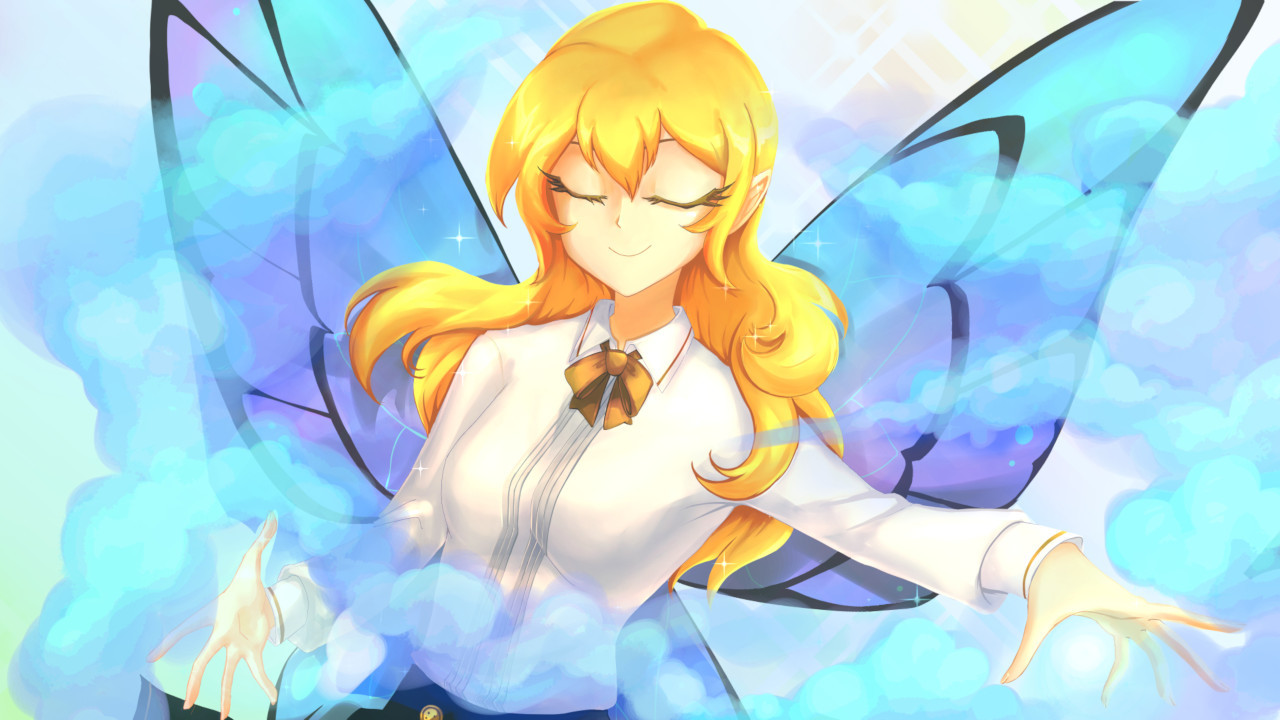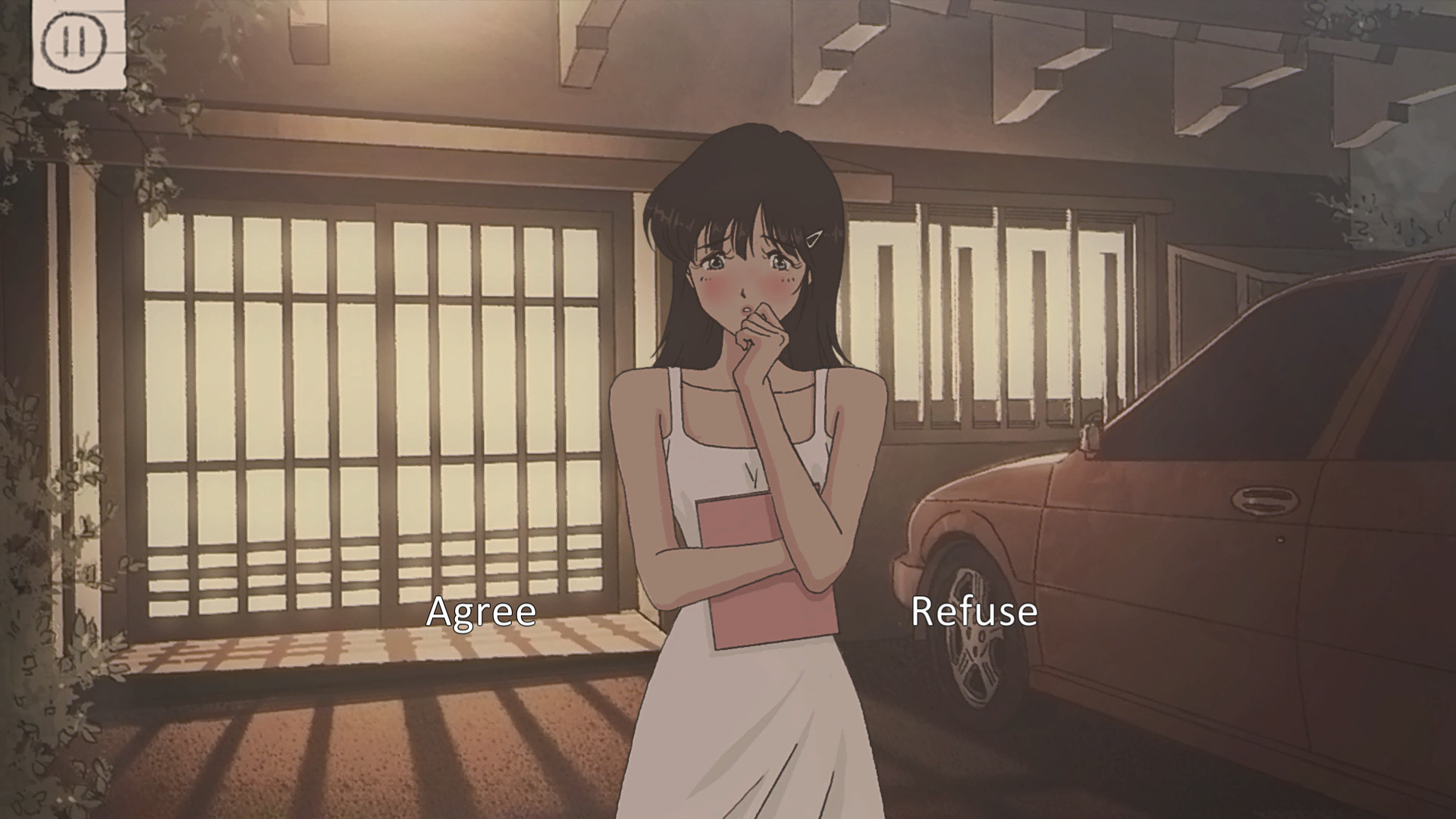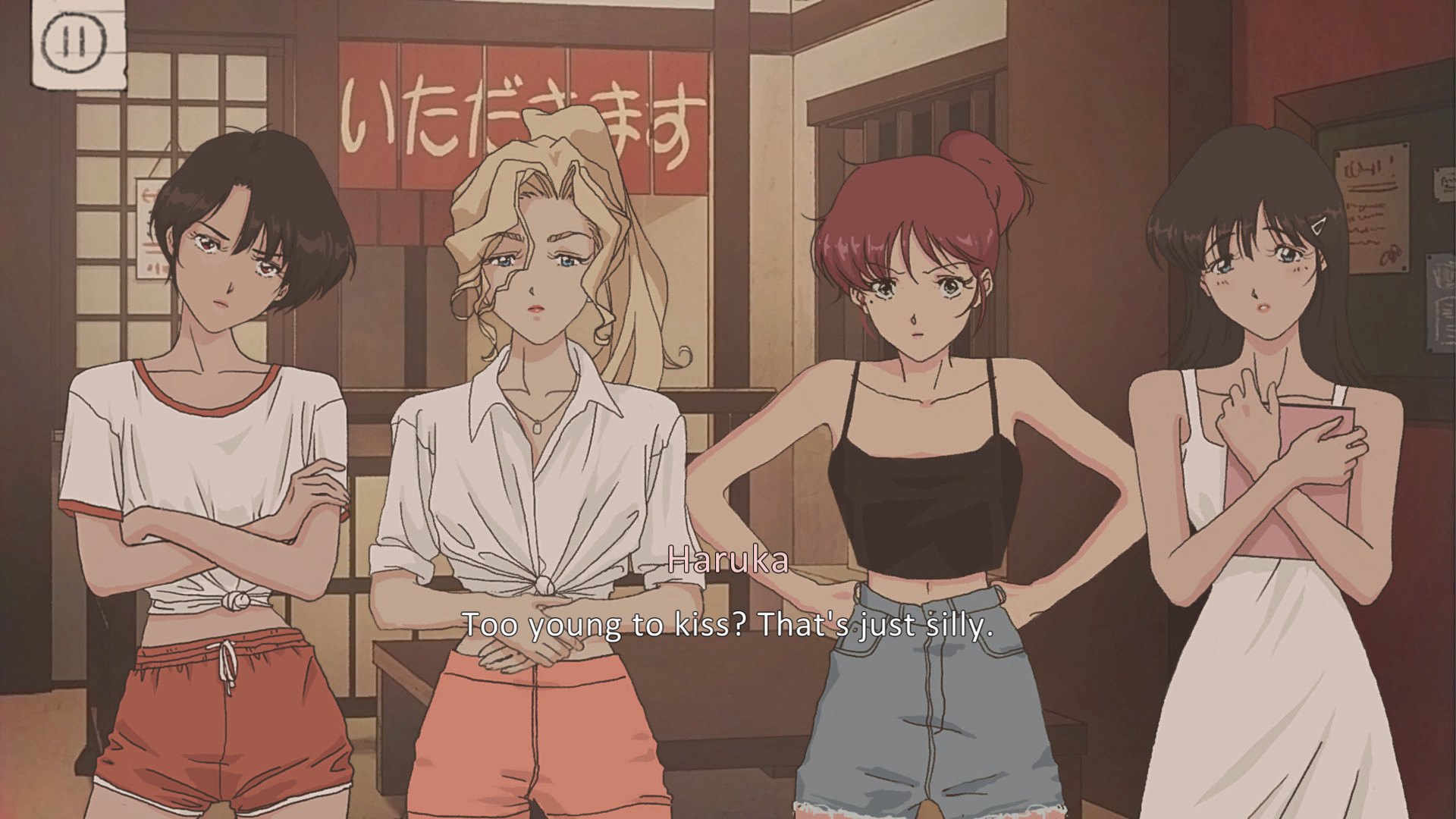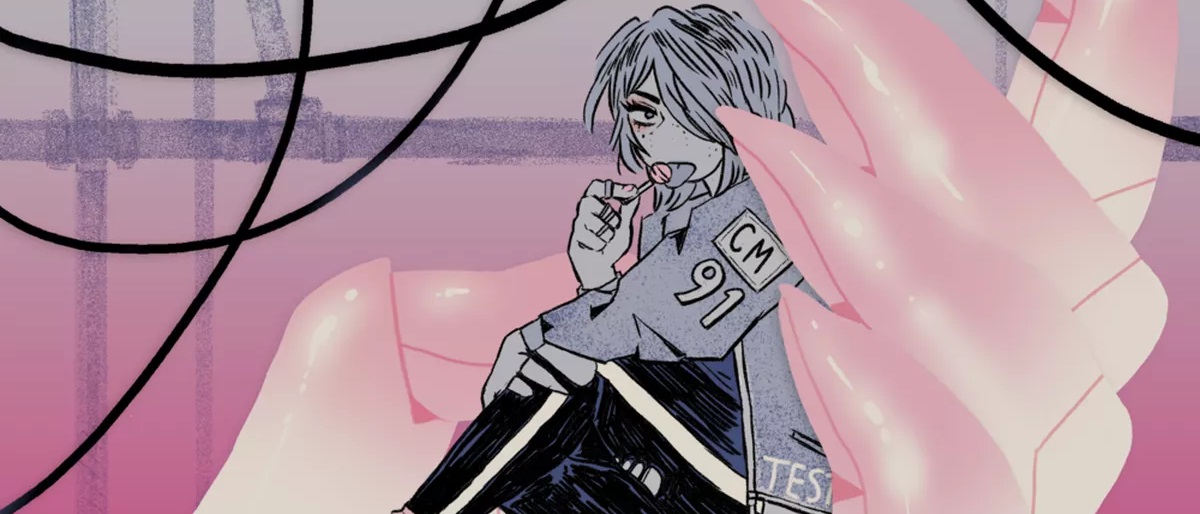
Welcome to EVN Chronicles’ 2019 Lesbian Visibility Day Special! Last year, to celebrate this lovely occasion, I wrote a short, impromptu rant about yuri, its inherent ambiguity when it goes to the representation of lesbian romance and the major role it plays in the EVN scene. Having little to add to what I said in that post, this year I’ve decided to use this opportunity to give the spotlight to a game that contributes to the LGBT+ themes in Visual Novels in a particularly interesting and compelling manner. During this day, which is meant to show a real and diverse portrait of the lesbian community, it’s only fair to focus on a game that breaks away from the fetishising conventions of Japanese yuri media and offers meaningful commentary on the challenges people belonging to sexual minorities face. And the fact it also includes some very unique and memorable portrayals of f/f romance is the kind of bonus probably none of us would ever mind…
Of course, one could say this is cheating on my part, as I review yuri games all the time (and probably read more of those than any other kind of VNs) and there’s nothing “special” about me taking look at another one. However, Worst Girls Games’ Heaven Will Be Mine, which I will talk about today, is a very unique title, completely unlike the cookie-cutter f/f romances that dominate the visual novel scene on both Japanese and EVN side of things (and, by extension, my blog’s output). It’s also, when it goes to visual style and writing, a direct continuation of another excellent, similarly-themed game, titled We Know the Devil. While mostly focusing on HWBM, I’ll use this opportunity to talk about both these games, their peculiar, but the extremely creative and memorable approach to the visual novel format, and the messages they convey. So, I hope you’ll be willing to join me while we take our time and explore those two unusual pieces of yuri content.

We Know the Devil used very minimalistic visual assets, but combined them with abstract writing and atmospheric music to a great artistic effect
We Know the Devil was released in late 2015, before the Worst Girls Games was officially established as a separate label, but featuring the same two people, the writer Aevee Bee and artist Mia Schwartz, as its primary creators. The VN, while very short (less than two hours to fully play through) and minimalistic, managed to stand out with its striking visual style and surreal storytelling. The simple, black-and-white lineart sprites, contrasting with photographic backgrounds and distorted side characters made for a very unique and deliberate aesthetic, while their expressiveness and excellent use of music made the whole experience surprisingly atmospheric. Its story, involving a group of three teenagers begrudgingly participating in a “summer scouts” program and being stalked by “the devil”, is extremely metaphorical, written in a style that at first can feel confusing and alienating, and only uncovers its primary themes and meaning behind its story elements over time. While demanding, it’s in no way this kind of obnoxious piece of “modern art” that is utterly devoid of meaning and makes the extravagant form its only goal – while I usually suck at deciphering poetic metaphors, I was able to understand most of what the game tried to tell me after completing all the four routes once (there’s one for every one of the three main characters and the true route, which resolves the game’s plot).
The themes of the game are obviously connected to the LGBT+ issues, but not limited to those, with problems like fear of intimacy, fear of exclusion and inability to express one’s feelings also playing a major role. Every heroine personifies this kind of challenges, which might be especially important for queer adolescents, but not necessarily unique to them and because of the highly metaphorical narrative, the message never feels heavy-handed or moralistic. There are also smaller touches, like a beautifully-written romantic scene between two of the main girls, very indirect but extremely clear and impactful in its delivery. Things like this are the reason I consider We Know the Devil to be one of the best short-form VNs I’ve ever read and an impressive artistic accomplishment, even though it’s not without issues and I have a bit of a problem with its price tag – $8 might not be very much, but for a game that can be easily finished in an hour by a fast reader, it might still be just slightly too high of a pricepoint.

Just like We Know The Devil, Heaven Will Be Mine is full of symbolism, abstract visuals and cryptic pieces of storytelling which might, at least initially, utterly confuse you
Heaven Will Be Mine is, in many ways, a direct continuation of We Know the Devil, being drawn by the same artist and utilizing the same, abstract writing style. While the plot and setup seem extremely different at first glance, with the leading theme of mecha and struggle between three factions over the future of humanity, the issues hidden behind those metaphors are fairly similar, dealing with the body, relationships, otherness and different strategies of dealing with society’s pressure. Every one of the three main characters, rather than symbolizing a problem, represents an alternative solution for their joined struggle (developing beyond the constraints of Earth’s society and facing a sudden request to come back and conform to it, with an underlying threat of rejection and violence if they don’t comply), while the “battles” between them are basically flirts and conversations, where they work through their relationships and try to convince each other on what path they should take. This “struggle” of ideas and affection is regularly contrasted with the very real existential threat that the Earth’s retaliation might bring and it’s up to the player’s choices what path all of the heroines will follow. There’s also a layer of more subtle metaphors, for example, connected with the mecha (“ship-selves”) and different ways of controlling them. I often had a much harder time deciphering those, but in general, the game offers a lot of interesting details to think through and while I’ve noticed some confusing inconsistencies in the narrative, I don’t think any of it is just random gibberish some would make it out to be.
In the game, you can “play” as each of the three girls and each of those scenarios, outside of constant interactions with other two pilots, offers insights into the history and goals of your current character’s faction, along with details of her personal backstory. All those are presented through e-mails and chats with other members of the faction, which add a lot of reading material beyond the core “mission” dialogue (going through it all is pretty much necessary to make sense of the game’s convoluted setting). This is also probably my biggest gripe with Heaven Will Be Mine as a whole, as while its surreal storytelling is something very enjoyable in short bursts, the game uses it on a scale much bigger than We Know The Devil, with over 10 hours of content, replaying which is also made quite slow due to the game being made in Unity and lacking some quality-of-life functions, such as conveniently skipping already read text. It may be less of a problem to people more adept than me in reading through poetic metaphors, but after a few hours it becomes hard to follow the cryptic dialogue and abstract plot development, and make any sense of much of them. While full of captivating moments and interesting ideas, the game grows just slightly too big for its own good and indulges itself in its extravagant storytelling a bit too much – one of its predecessor’s strength laid exactly because it was able to balance its demanding form with relatively smooth and brief delivery of its core message, while here it will take you a lot more effort to get to the truly meaningful parts, at least if you’re going in blind.
While in We Know the Devil the romance was mostly just implied, here flirting and relationships between the characters a major part of the story
The audio-visual side of the experience is absolutely brilliant, even though it uses a similarly minimalistic and rough style as We Know The Devil. The CGs involving mecha are low on detail, but just like the character designs, they have tons of personality (and this can be understood pretty literally, as the mecha and their pilots are very heavily connected in the narrative, the former being pretty much an extension of the latter). The music is, once more, great and in combination with the surreal backgrounds and dialogues makes for some incredibly atmospheric experience – I think even if I understood even less of the game’s story, I would still enjoy the mood it manages to create. Just like We Know the Devil it also doesn’t avoid some “bold” visual gimmicks, for example intervening child-like, crayon drawings on paper to every ending sequence. I’ve seen these elements being ridiculed by some reviewers, but they’re very deliberate and I haven’t seen anything in the game that would really clash with the overall aesthetic and climate. While the line between minimalism and subverting visual conventions of the genre, and simply being crude and ugly is always thin, both Worst Girls' games are consistent and engaging to the point I’ve got completely immersed in their narratives and rarely thought about their peculiarities beyond the initial "shock". In my opinion, that’s exactly how this kind of game should work and the best possible testament to its creative success.
It’s not hard to deduce, at this point, that I wholeheartedly recommend playing both We Know the Devil and Heaven Will Be Mine – optimally, in this order, as going into the second game without being at least somewhat familiar with its authors' style can be pretty harsh. Even though I can easily imagine many people finding Worst Girls’ games pretentious or getting scared away by their LGBT+ themes, I think that when approached right, they can be enjoyable for the vast majority of potential readers. They don’t simply push an agenda or plainly convey stories of queer characters, but touch on the very personal and deep experiences and anxieties that being in a minority group, or simply not conforming to society’s norms and expectations in some ways can come with. Both these titles are, behind their heavily-stylized façades, extremely humane and relatable stories, which also defy the fanservice’y conventions and gameplay mechanics typical for VNs. They let you explore their narratives through decisions, but not simply create pairing or unlock kissing CGs, as most yuri VNs would. They let you determine the character’s futures, but not their personalities and identities. For all these reasons, I think they’re among the most valuable and compelling representations of lesbian romance within the genre and exactly the kind of games that should be celebrated today – and something every VN fan, even regardless of their stance on yuri, should consider checking out.
Final Score: 4/5
Pros:
+ Unique climate and visual design
+ Very good and excellently utilized soundtrack
+ Unique and compelling approach to LGBT+ themes
Cons:
- Often confusing and at times inconsistent narrative
- The extreme stylization can get tiresome in the long run
VNDB Pages (We Know the Devil, Heaven Will Be Mine)
Buy We Know the Devil & Heaven Will Be Mine on Steam

